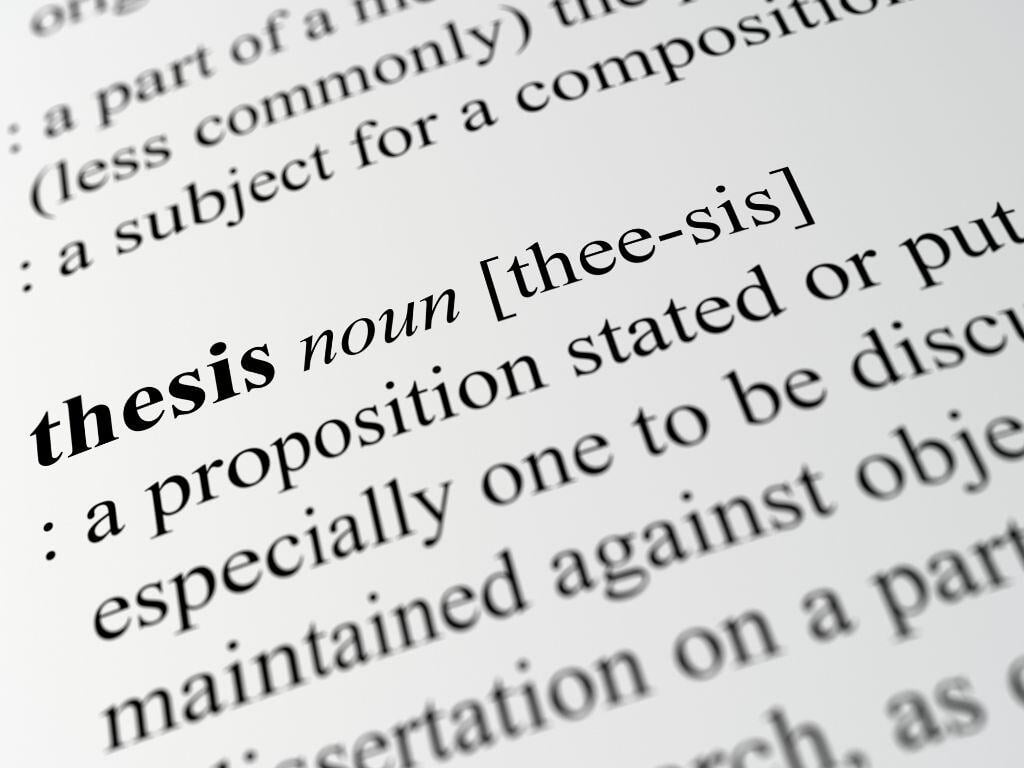Thesis, Controls, Risk Management & Exits
Investment Thesis

Investment Mandate
Our fund leads investments of €250K–€2.5M in portfolio projects. We invest €50K–€150K in projects with a lead investor, where we are a follow-up. We allocate 70% of our capital to global early-stage Web3 (2) startups. We invest no more than 10% in a single portfolio company. The remaining 30% is for follow-on investments.
We prioritise time-sensitive investments with Token Generation Events (TGEs). They provide liquidity within 6 months and growth in 18–36 months, enabling early exits and sustained growth.
Our strategy balances diversification with the ability to double down on successes. It aims to optimise fund performance while managing risk.

Investment Controls
Our strategy values transparency and accountability. A General Partners, Advisors, and Experts committee guides it through a clear review and voting process. To manage risk, we cap individual investments at 10%. We also diversify across sectors and perform portfolio rebalancing at consistent intervals.
Follow-on investments focus on performance metrics and alignment with fund goals. If markets shift or performance changes, rebalancing occurs. We use advanced monitoring tools and provide regular updates. We also have clear exit paths like TGE, IPOs, or M&A. This ensures that all decisions align with investor confidence and fund goals.

Investment Committee
We begin with standardised proposals that include financials, market analysis, team evaluation, and alignment with the fund's thesis. Each opportunity undergoes thorough due diligence, examining financial, technical, legal, and operational aspects. This process verifies the founder's expertise, competitive positioning, and compliance.
The Investment Committee assesses proposals, incorporating input from analysts and advisors as necessary. Decisions are made through a structured voting process that requires a quorum and a majority vote for approval. For critical decisions, we aim for consensus. We document all discussions and decisions to maintain transparency and accountability.

Due-Diligence Model
- Pre-Evaluation: We focus on the team, problem, solution, opportunity, tech, and commercial numbers.
- Evaluation: Dive deep into the use case, technology, commercial traction, IP, financials, R&D, and community.
- Scorecard Model: Interview with Founders/Team.
- Deep-Dive Analysis: A detailed analysis and examination.
- Legal Sign-Off: Detailed analysis and examination of the information provided to General Partners.

Exit Strategies
- Token TGE/Exit: Projects allow for the sale of 5% to 20% of tokens at TGE. After the TGE, investors can sell tokens according to the cliff or vesting periods.
- Token/MOCHAX Buy-Back: The project decides to buy-back tokens from investors/markets. MOCHAX decides to buy-back project tokens from investors.
- Trade Sale: Potential for the project to engage in a trade sale or M&A for an exit.
- Strategic Oversight and Investor Communication: Track key performance indicators (KPIs), exit timing, and market conditions. Execute equity and tokens and communicate with investors.

